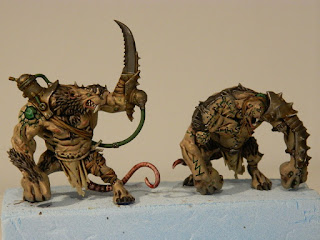 |
| (source: Internet) |
PzInz 130 was a prototype of amphibious tank for Polish Army designed in late 30's, based on British Vickers-Carden-Loyd Amphibian. Unarmed prototype was ready in 1937, in October of the same year underwent military testing, where proved to be reliable vehicle. In May 1939 Army High Command decided to cease further development of amphibious tanks, PzInz 130 was relocated to Ursus' R&D department. In September 1939 the prototype was lost, might have been taken over by Werhmacht, its fate is not known.
Technical Data:
 |
| (source: Internet) |
Crew: 2
Engine: PZInz.425:8 (V8), with power of 95 KM, of capacity 3880 cm³,
Armor: 4-8 mm
Length: 4,22 m
Width: 2,08 m
Height: 1,88 m
Weight: 3,92 t
Speed: 60 km/h (on road), 7-8 km/h (in water)
Range 360 km (on road), 210-220 km (terrain)
Armament:
1 x 20 mm cannon or 1 x 7,62 mm machine gun (prototype was not armed)

 Museum at Duxford is a branch of Imperial Wat Museum located at former RAF fighter airfield in Cambridgeshire, England. During Second World War, Duxford was home for thousands servicemen from Britain, Commonwealth and Allied countries. In 1970 IWM took over and new structures have been built to accommodate planned exhibitions to preserve history, to help understand future generations importance of people and their actions during World Wars. Museum consists of 8 main exhibitions, from Air Space through Battle of Britain and Conservation in Action to Land Warfare which is a subject of this post. This exhibition has great many objects available to see, from period World War Two to modern, tanks, armored cars and artillery pieces. It is 'Candyland' for anybody who is interested in history, also a place where time bends while exploring this vast collection.
Museum at Duxford is a branch of Imperial Wat Museum located at former RAF fighter airfield in Cambridgeshire, England. During Second World War, Duxford was home for thousands servicemen from Britain, Commonwealth and Allied countries. In 1970 IWM took over and new structures have been built to accommodate planned exhibitions to preserve history, to help understand future generations importance of people and their actions during World Wars. Museum consists of 8 main exhibitions, from Air Space through Battle of Britain and Conservation in Action to Land Warfare which is a subject of this post. This exhibition has great many objects available to see, from period World War Two to modern, tanks, armored cars and artillery pieces. It is 'Candyland' for anybody who is interested in history, also a place where time bends while exploring this vast collection. 













































